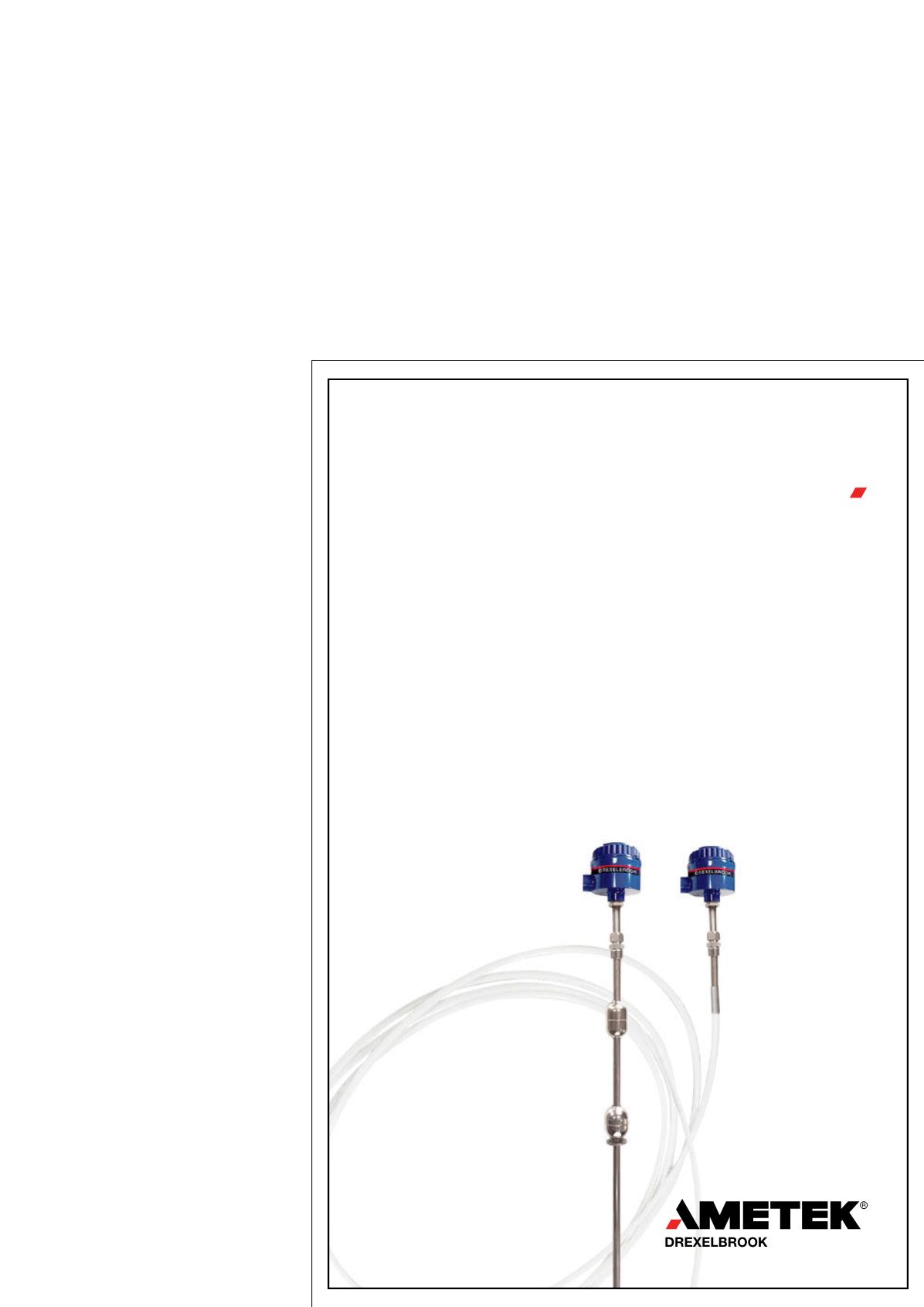
on laboratory calibration benches where flowmeters are
calibrated in stable flow conditions using water.
Site system (initial and periodic) calibrations and
verifications are then normally requested to confirm that
performances can be guaranteed in real operation during the
whole life of the system, which means that the systemmust
always provide accurate results at repetitive working
conditions.
Verification and recalibration can be carried out in different
ways, such as:
n
n
Taking the meter out of the plant and sending it for factory
recalibration, meaning there is zero resetting onsite.
n
n
Comparing the meter against a volumetric prover, such as a
small volume piston prover or a
bi-directional ball prover.
n
n
Comparing it against a master
meter being used as a transfer
standard reference.
In terms of installation, for
terminals where most of the
loading/offloading bays are the
same size but are located in different
positions, a fixed prover serving all
the metering streams can be difficult
and very expensive. In addition, the
proving process of a mass meter
against a volumetric prover, when
managed by inexperienced
operators, could generate erroneous
results and result in poor
performance.
For cases such as these, a master
meter method, which uses a coriolis
mass meter to prove the duty mass
meter, may be mounted on a
portable trailer (Figure 2) and can
represent the best compromise
between installation costs, operation
procedure and obtained
performances.
Years of experience in meter
calibration have enabled
Endress+Hauser to successfully
deliver complete metering systems
using coriolis mass meters equipped
with volumetric provers, such as
small volume pistons (Figure 3) or ball
types, demonstrating that the
recalibration of a mass meter against
a volumetric prover is safe and
efficient if managed properly by
specialists.
Coriolis meters and
custody transfer
requirements
Mass metering is fast becoming the
favoured way to meter, even for
volume flow rates. The reasons are
numerous, but the most important is
related to the necessity to correct volume flowmeters for the
effects of temperature and pressure, which is required to obtain
standard volumes that may be used for invoicing. Many
products, such as LPG and marine fuels, are directly invoiced in
mass so that no conversion is needed, and the solution
described above provides the best metering accuracy available.
There are also many other advantages to this technology
that are purely related to the performances of the mass flow
meter. These include:
n
n
Zero wear, which results in the lowest maintenance costs.
n
n
Long term stability, minimising recalibration costs.
n
n
Lower pressure loss than other meters, resulting in much
faster loading and offloading times.
© 2015 by AMETEK Inc. All rights reserved.
The new Total Tank Level System.
Made of durable polymer and stainless steel, this rugged tank probe
offers total and interface level sensors, five temperature sensors and
advanced magnetostrictive technology. With lengths up to 50 feet, it is
ideal for oil, oil/water, condensate or petrochemical applications. It is the
most accurate, cost-effective alternative to flexible stainless steel cable
probes. This product model is also available in a rigid 316 SS version.
See them both at
drexelbrook.com.
The smartest alternative in tank level measurement.
think tank


